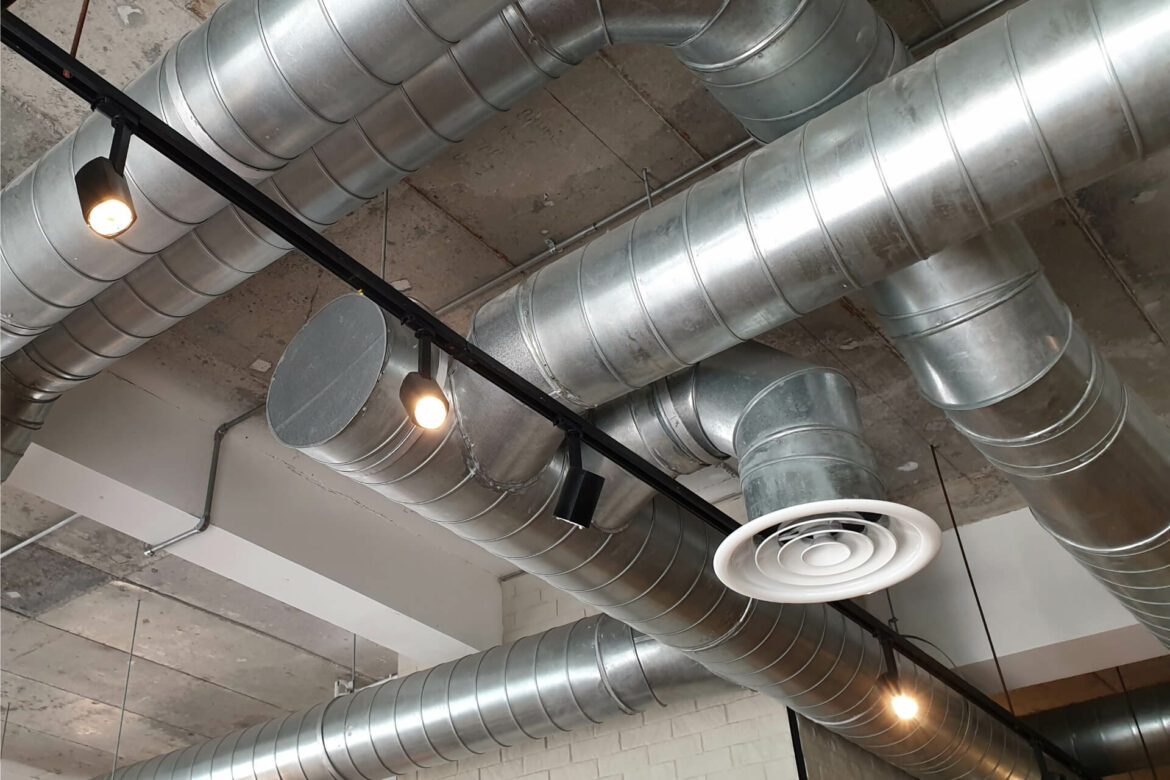
How Ventilation Shapes Employee Health and Productivity
In the intricate ecosystem of workplace wellness, one often underestimated factor is indoor air quality. The air we breathe directly impacts our health, well-being, and productivity. By exploring the nexus between ventilation, air quality, and employee well-being, we shed light on the importance of prioritising ventilation assessments and monitoring in the modern workplace.
The Link Between Indoor Air Quality and Employee Health
The quality of the air we breathe indoors can significantly affect our health and comfort. Poor indoor air quality can lead to a range of health issues, including respiratory problems, allergies, headaches, fatigue, and decreased cognitive function.
Dust, pollutants, mould, and volatile organic compounds (VOCs) are common culprits contributing to indoor air pollution. Left unchecked, these contaminants can have detrimental effects on employee health and overall workplace productivity.
The Role of Ventilation Systems
These systems play a pivotal role in ensuring adequate air circulation and maintaining optimal indoor air quality. By exchanging stale indoor air with fresh outdoor air, ventilation systems help dilute pollutants and regulate temperature and humidity levels.
Properly designed and maintained ventilation systems not only improve air quality but also create a comfortable and healthy environment conducive to employee well-being and productivity.
Mitigating Health Risks Through Assessments and Monitoring
Identifying Indoor Air Quality Issues
Ventilation assessments conducted by specialists are instrumental in identifying indoor air quality issues. These assessments evaluate factors such as air exchange rates, airflow patterns, and pollutant levels, providing insights into potential health risks and areas for improvement.
Monitoring Ventilation Performance
Regular monitoring of ventilation systems ensures that they are functioning optimally. Apex Enviromental’s monitoring services track parameters such as air velocity, temperature, humidity, and pollutant levels, enabling organisations to proactively address any deviations from recommended standards.
Implementing Remedial Measures
Armed with data from ventilation assessments and monitoring, organisations can implement targeted remedial measures to improve indoor air quality. This may involve adjusting ventilation settings, upgrading filtration systems, or implementing system maintenance protocols to ensure consistent performance.
Enhancing Employee Health and Productivity
Investing in ventilation assessments and monitoring is not just a matter of compliance; it’s an investment in the health and productivity of employees. By maintaining optimal indoor air quality through effective systems, organisations can:
- Reduce the risk of respiratory issues, allergies, and other health problems.
- Enhance cognitive function and concentration levels among employees.
- Improve overall workplace comfort and satisfaction.
- Boost employee morale and retention rates.
- Increase productivity and efficiency levels.
Conclusion
In the quest to create healthier and more productive workplaces, ventilation emerges as a critical component. By prioritising assessments and monitoring, organisations can safeguard the well-being of their employees and create environments where everyone can thrive.
With the support of specialists like Apex Environmental, organisations can breathe easy knowing that their ventilation systems are optimised to support employee health, comfort, and productivity.








